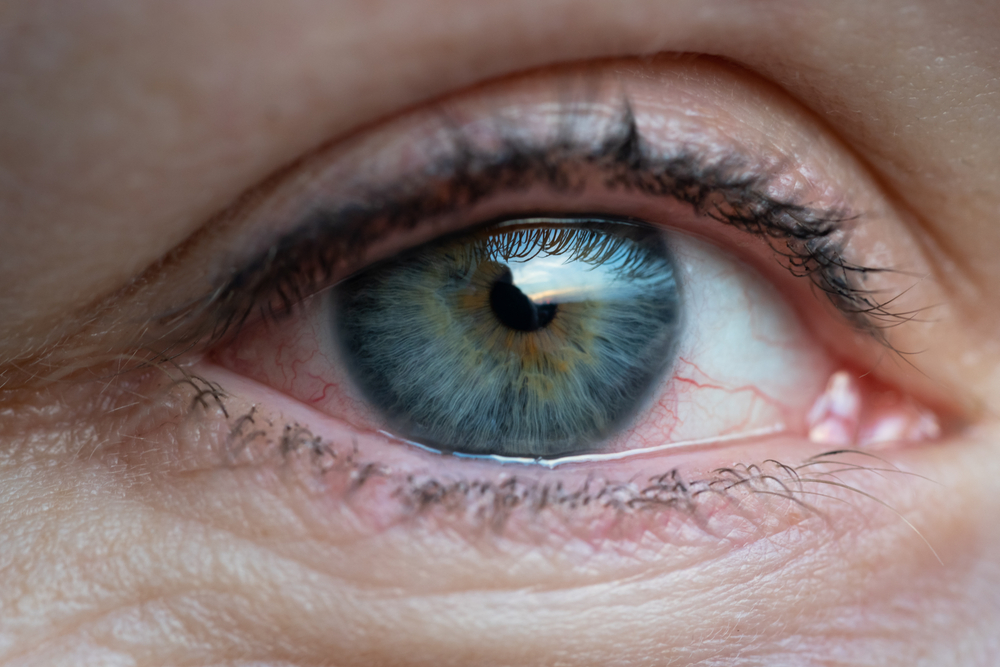
Dry eye is a common and often chronic condition that affects the eyes. It occurs when the eyes do not produce enough tears or when the tears evaporate too quickly, leading to discomfort, irritation, and even vision problems. The causes of dry eye can vary, but some of the most common include age, certain medical conditions, medications, environmental factors, and even prolonged screen time.
The symptoms of dry eye can include a burning or stinging sensation, redness, sensitivity to light, blurred vision, and a feeling of something foreign in the eye. If left untreated, dry eye can lead to more serious complications, such as eye infections, corneal damage, and even vision loss.
Understanding Meibomian Gland Dysfunction and Blepharitis
One of the most common causes of dry eye is meibomian gland dysfunction (MGD). The meibomian glands are responsible for producing the oily layer of the tear film, which helps prevent the tears from evaporating too quickly. When these glands become blocked or dysfunctional, it can lead to a decrease in the production of this oily layer, resulting in dry eye.
Another common cause of dry eye is blepharitis, which is an inflammation of the eyelids. This can also lead to a decrease in tear production and an imbalance in the tear film, leading to dry eye symptoms.
The Importance of Proper Diagnosis for Personalized Treatment Plan
Proper diagnosis is essential for effective treatment of dry eye. Your eye doctor will likely perform a comprehensive eye examination, including tests to measure tear production and quality, as well as assess the health of your meibomian glands and eyelids.
Based on the results of these tests, your eye care provider can develop a personalized treatment plan that addresses the specific underlying causes of your dry eye. This may include a combination of over-the-counter and prescription treatments, as well as lifestyle changes and advanced therapies, depending on the severity of your condition.
Over-the-Counter Treatment Options for Dry Eye
For mild to moderate cases of dry eye, there are several over-the-counter treatment options available:
- Artificial tears: These lubricating eye drops can provide temporary relief by replenishing the tear film and reducing symptoms of dryness and irritation.
- Warm compresses: Applying warm compresses to the eyes can help to unclog the meibomian glands and improve tear production.
- Eyelid hygiene: Regularly cleaning the eyelids with a gentle cleanser can help reduce the buildup of debris and bacteria, which can contribute to dry eye.
Prescription Medications for Dry Eye
For more severe or persistent cases of dry eye, your eye care provider may prescribe one or more of the following medications:
- Prescription eye drops: These may include anti-inflammatory medications, such as corticosteroids or cyclosporine, to reduce inflammation and improve tear production.
- Oral medications: In some cases, your provider may prescribe oral medications, such as omega-3 fatty acid supplements or medications that target the underlying causes of dry eye.
- Topical ointments: Thick, lubricating ointments can be applied to the eyes before bedtime to provide prolonged relief and prevent tear film evaporation.
Advanced Treatment Options for Severe Dry Eye
For individuals with severe or chronic dry eye that does not respond well to other treatments, there are several advanced treatment options available:
- Punctal plugs: These small, removable devices are inserted into the tear ducts to block the drainage of tears, thereby increasing tear volume and reducing evaporation.
- Intense pulsed light (IPL) therapy: This non-invasive treatment uses intense pulses of light to improve the function of the meibomian glands and reduce inflammation.
- Thermal pulsation therapy: This procedure uses a specialized device to apply heat and pressure to the eyelids, helping to unclog the meibomian glands and improve tear production.
- Autologous serum eye drops: These eye drops are made from the patient's own blood and can provide natural, personalized relief for severe dry eye.
Finding the Right Treatment for Your Dry Eye
Dry eye is a complex and often chronic condition, but with the right treatment plan, you can find relief and improve your overall eye health. By working closely with your eye doctor to identify the underlying causes of your dry eye and develop a personalized treatment approach, you can take steps to manage your symptoms and prevent further complications.
If you're struggling with dry eye, contact Long View Eye Center. We are dedicated to providing personalized, comprehensive treatment plans to address the unique needs of each patient. Visit our office in Lewisburg, West Virginia, or call (304) 520-3630 to schedule an appointment and take the first step towards better eye health and relief from dry eye.








